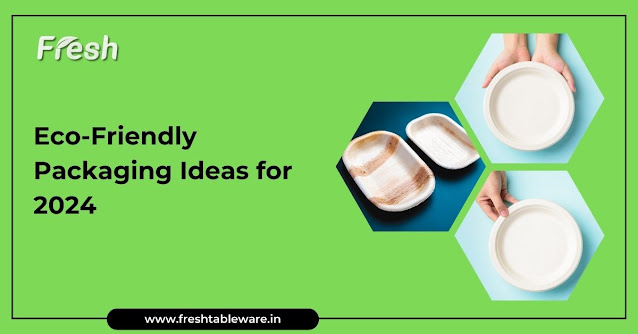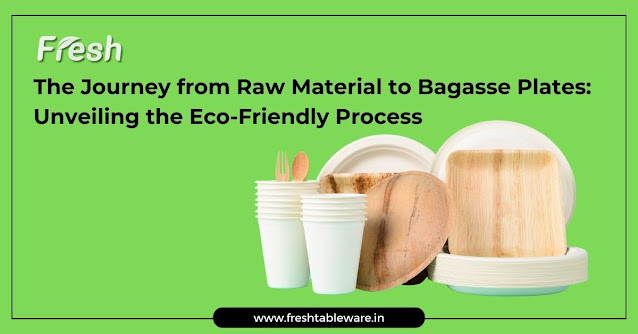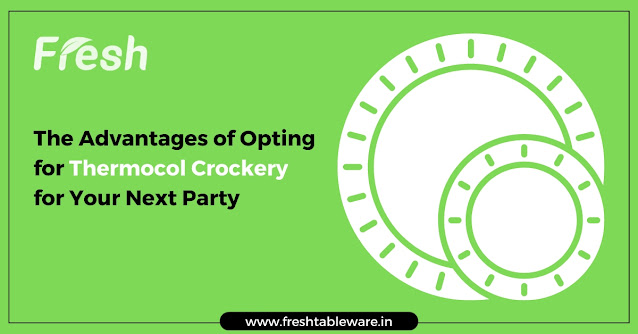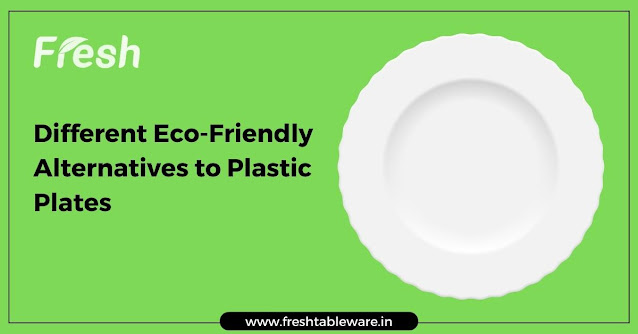All About Biodegradable Clamshell Containers: What You Need to Know
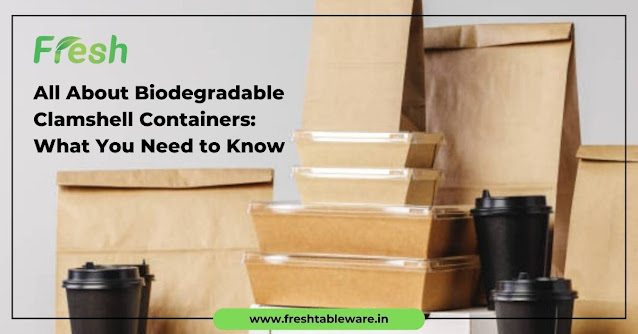
Clamshell containers have become a ubiquitous part of our daily lives, serving as practical and versatile packaging solutions for a wide range of products. From food to electronics, these hinged containers offer convenience and protection. In this article, we will delve into the world of clamshell containers, exploring their uses, benefits, and environmental considerations. Versatile Packaging Solutions: Clamshell containers are widely used for packaging food items such as salads, fruits, sandwiches, and bakery products. Their hinged design allows for easy opening and closing, making them ideal for grab-and-go meals. In addition to food, these containers are also employed for packaging electronics, cosmetics, and various retail items. The versatility of clamshell containers lies in their ability to accommodate different shapes and sizes of products securely. Material Options: Clamshell containers are crafted from various materials to cater to different needs. Common materials include p...
